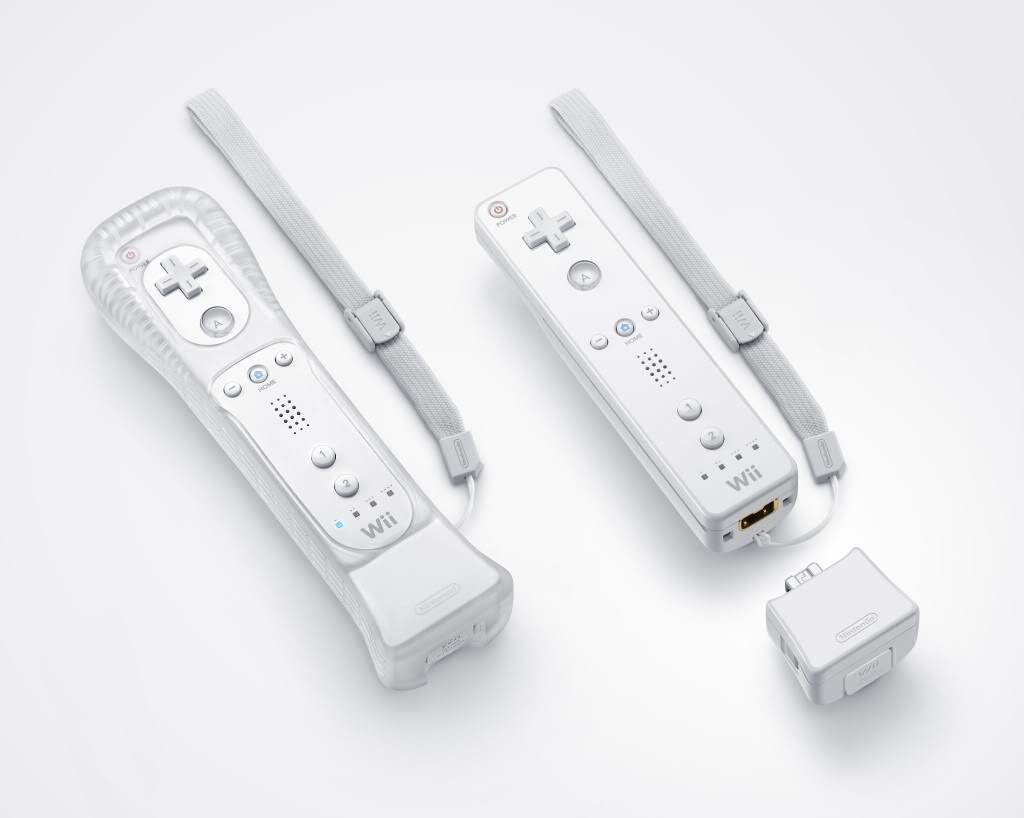Editor's note: Erik argues that the Wii Remote's less-than-1:1 accuracy is the reason for its mainstream success, and a necessary stepping stone on the way to Sony's Move and Microsoft's Natal. -Demian
Lacking. Anyone who has used the original Wii Remote might describe its limited accuracy with that word. Nintendo responded to critics with the Wii MotionPlus, an attachment that adds greater motion-tracking fidelity — but many in the media pointed out that the Wii should've included that functionality from the very beginning.
However, considering the staggering console-sales lead that Nintendo holds over Sony and Microsoft this generation, was releasing the Wii with inferior motion controls really a bad move? I'm going with a no. The controller’s original design meant that the sensor could only detect relatively broad movements — and that simplicity has been the Wii's greatest strength.

It's no secret that the Wii caters to an astonishing number of people who would not otherwise play video games. The myriad "party" and "family" titles that sell so well allow first-time participants to play — and more importantly, enjoy — video games with seasoned veterans on a relatively even footing. Who here couldn't easily and consistently defeat their mother, grandfather, or younger sibling in a more traditional game like Gran Turismo, Soul Calibur, or Madden? And how enjoyable would that be for either party?

With these “casual” games, proficient gaming skills convey limited advantage against a flailing, inexperienced, enthusiastic, and sometimes inebriated player. The Wii is a favorite at parties precisely because of the relatively simplistic motion-tracking and the easy-to-get-into games.

Winning generally doesn’t matter to the people who play these types of games. The primary reason many of these "shallow" experiences do so well is because they put enjoying the time with your friends and family, regardless of age, at the forefront. And who can fault that?
When Nintendo first introduced the Wii, the company referenced how complex game controllers had become. If the Wii Remote initially had 1:1 motion-tracking fidelity, that extra precision might have made these simple games as inaccessible to the non-gaming populace as double-digit-button-riddled video game controllers currently do.

Where would the fun be in a Wii Sports boxing match between a grandparent and a grandchild if 1:1 punching gestures were necessary to play?
Any non-gamer would probably lose on a consistent basis against more experienced gamers, thereby destroying any sense of shared, mutual fun. The original Wii Remote is extraordinary in its ability to level all players’ skills by funneling movements, both simple and complex, into the same predetermined set of registered in-game outcomes.
 Now, with the runaway success of the Wii, both Sony and Microsoft plan to supplement their current consoles with motion-control-based technology.
Now, with the runaway success of the Wii, both Sony and Microsoft plan to supplement their current consoles with motion-control-based technology.
I have high hopes for both new devices — especially Microsoft’s Project Natal, which eliminate the controller entirely. However, does anyone honestly believe that, if the Wii did not exist and Sony decided to introduce the extremely sensitive PlayStation Move motion-controller, virtual boxing matches would take place as often as they do now?
The Wii's inaccuracy could prove instrumental to the success of these new devices. Utilized as a weaning tool, the Wii Remote might help ease newly minted gamers into Sony and Microsoft's enhanced motion-controlling devices. You have to crawl before you can walk, right?

Despite criticism painting the Wii as a gimmick that has yet to reach its full potential, Nintendo has earned massive success. And though critics may deride it for not being what they wanted it to be, the Wii Remote has been exactly what it needed to be to succeed.



